Architectural Wonders of Katowice
Join us for a captivating free walking tour that celebrates architectural marvels, featuring a delightful 3-hour stroll and a chance to savor lunch at a local restaurant.
Time
3 Hours
Stops
7 Places
Distance
4.2 km
Silesian Theatre
Begin your tour at the Silesian Theatre, a stunning example of Neo-Baroque architecture and a cultural hub in Katowice.
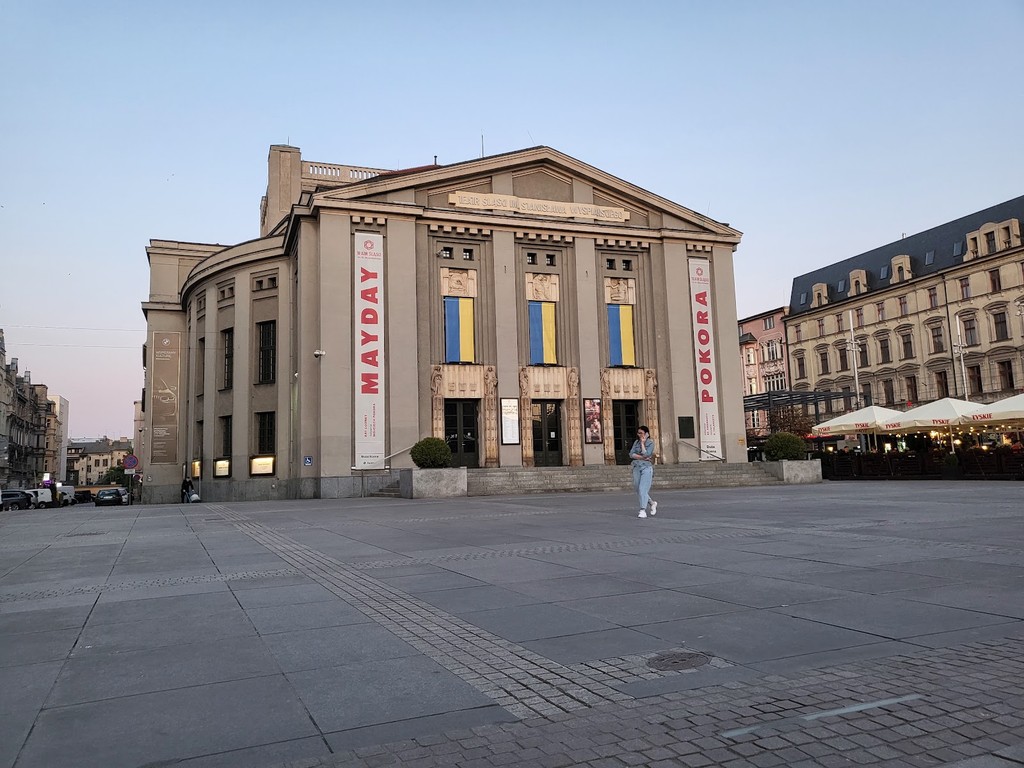
Silesian Theatre (Source: Google Maps)
The Silesian Theatre, an architectural gem in Katowice, exemplifies Neo-Baroque design. Opened in 1907, it has served as a cultural hub, showcasing operas and plays. Its grand façade, adorned with intricate sculptures and ornate details, reflects the artistic aspirations of the early 20th century. The theatre not only captivates visitors with its beauty but also plays a vital role in the region's cultural landscape, hosting various performances that celebrate Polish heritage and contemporary art. Its restoration efforts have preserved its historical significance while adapting it for modern use, making it a must-visit for architecture enthusiasts.
Archdiocesan Museum
Explore the Archdiocesan Museum nearby, housing a collection of sacred art and regional artifacts.
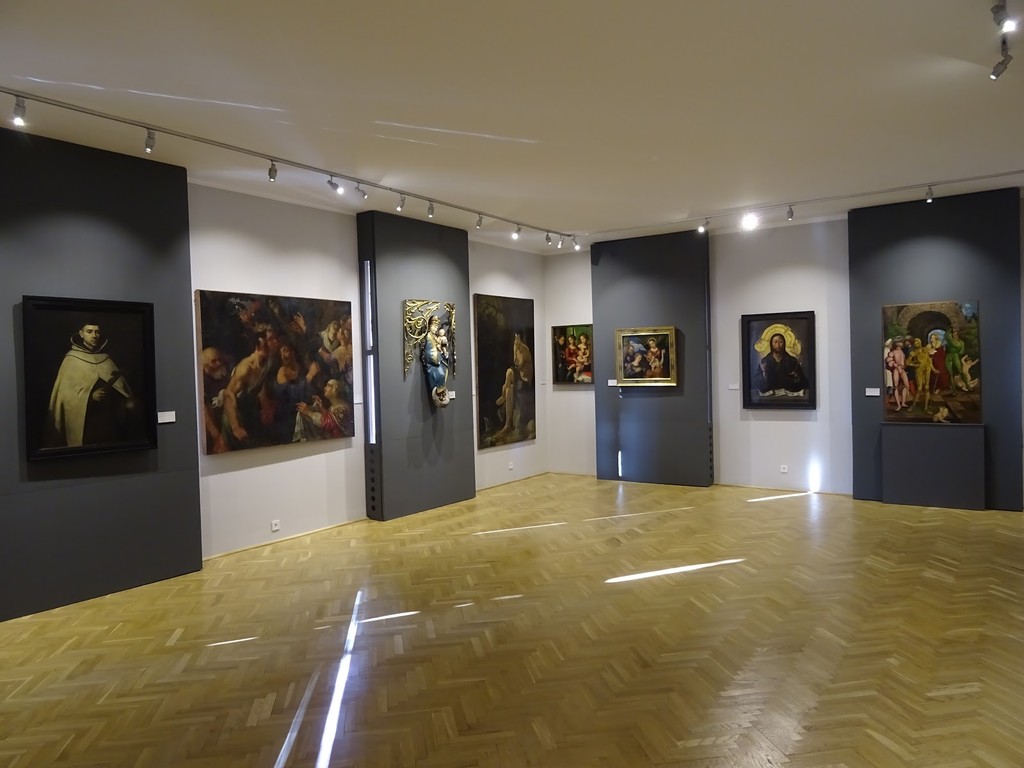
Archdiocesan Museum (Source: Google Maps)
The Archdiocesan Museum in Katowice is a treasure trove of sacred art and regional artifacts. Established in 1994, it showcases a remarkable collection that spans centuries, including liturgical items, paintings, and sculptures. The museum's architecture harmonizes with its spiritual mission, providing a serene environment for reflection and appreciation of religious art. Visitors can explore exhibits that highlight the rich cultural heritage of Silesia, as well as temporary exhibitions that focus on contemporary themes. The museum serves as an educational resource, promoting understanding of the region's religious history and artistic expressions.
Cathedral of Christ the King
Head towards the Cathedral of Christ the King, the largest cathedral in Poland, showcasing impressive classical architecture.
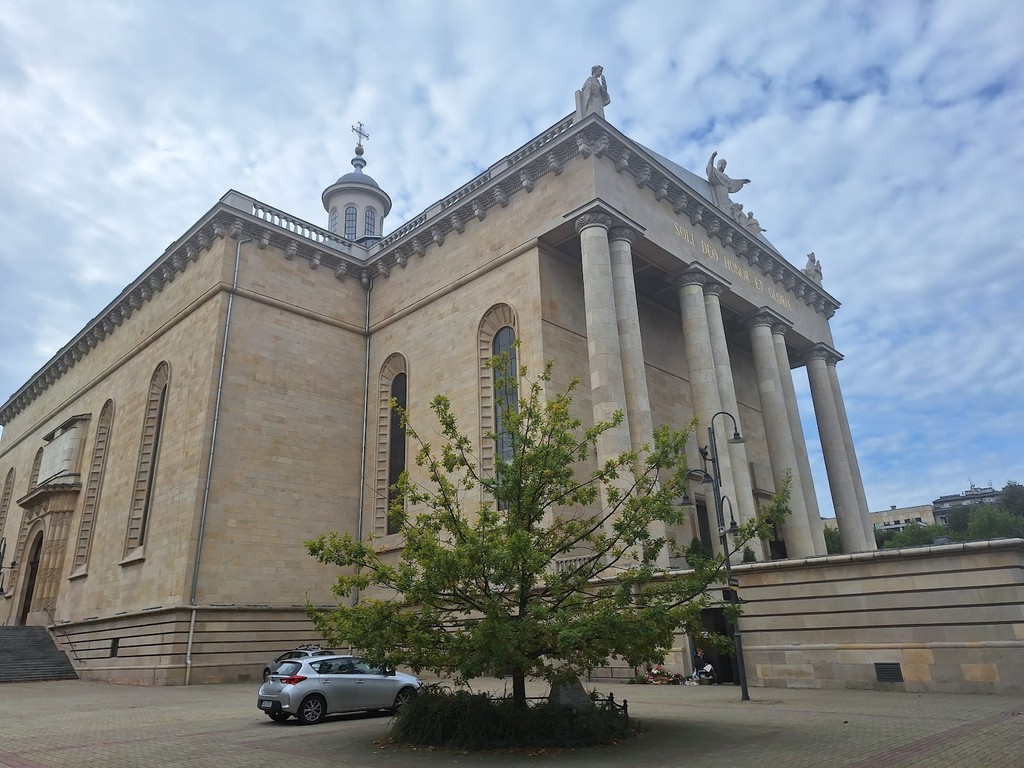
Cathedral of Christ the King (Source: Google Maps)
The Cathedral of Christ the King is the largest cathedral in Poland and a striking example of modern ecclesiastical architecture. Completed in 1955, its design reflects a blend of traditional and contemporary styles, featuring a prominent tower and a spacious interior adorned with stunning stained glass windows. The cathedral serves as the seat of the Archdiocese of Katowice and is a significant pilgrimage site. Its architectural elements symbolize faith and community, while the interior offers a tranquil space for worship and reflection. The cathedral also hosts various liturgical events, reinforcing its role as a central place of worship in the region.
Market Square (Rynek)
Just a short walk from the theatre, the Market Square is the vibrant heart of Katowice, surrounded by historic buildings and modern structures.
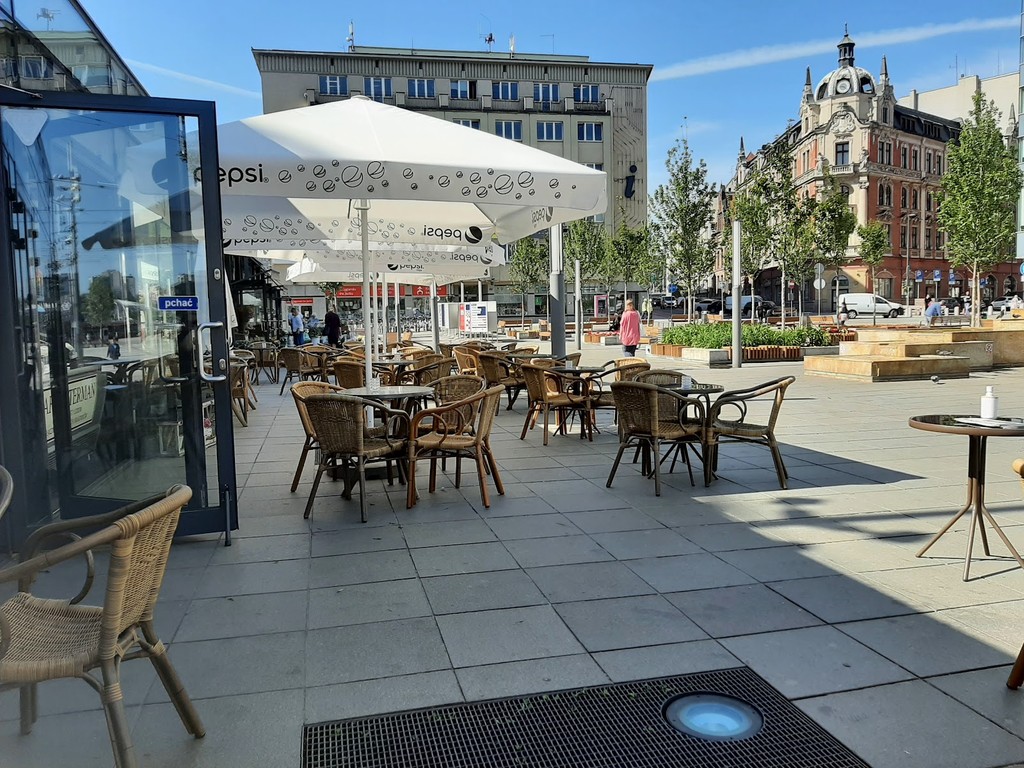
Market Square (Rynek) (Source: Google Maps)
The Market Square (Rynek) is the vibrant heart of Katowice, surrounded by a mix of historic and modern architecture. This bustling square has been a focal point of the city since its establishment, serving as a marketplace and social gathering place. The square is lined with beautiful buildings, including the iconic Silesian Insurgents Monument, which commemorates the region's history. Today, the Market Square is a lively area filled with cafes, shops, and cultural events, making it an ideal spot for visitors to experience the city's dynamic atmosphere. The blend of architectural styles reflects Katowice's evolution from a historical trade center to a modern urban hub.
Spodek Arena
Continue to the iconic Spodek Arena, known for its unique UFO-like design and as a venue for major events and concerts.
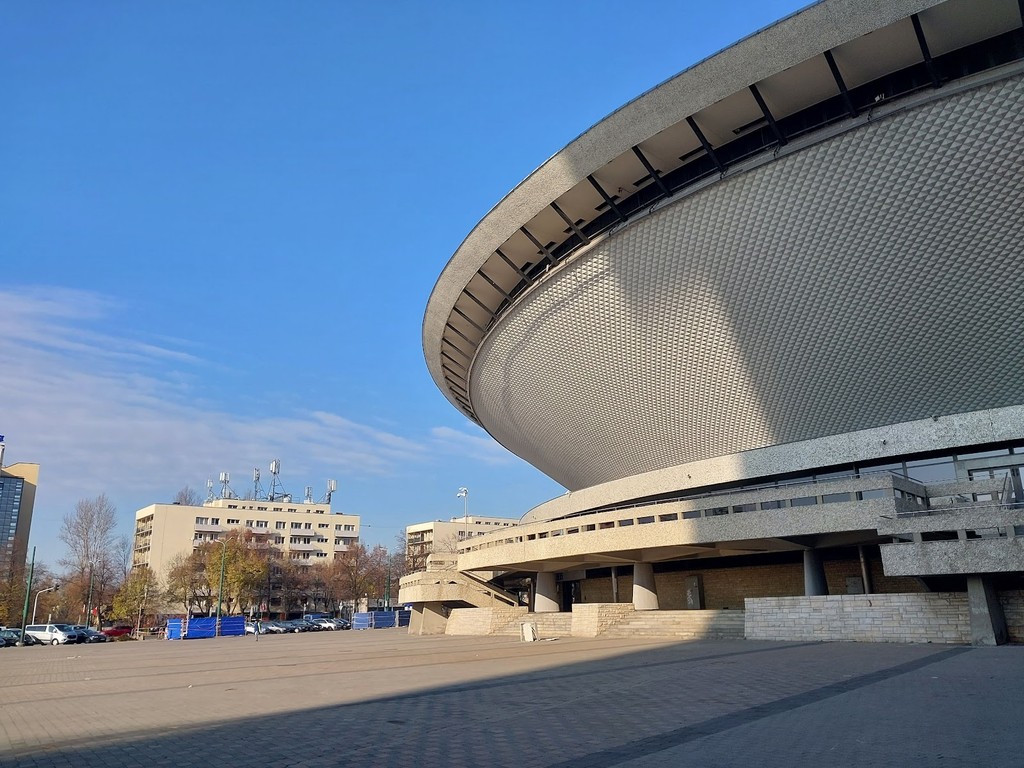
Spodek Arena (Source: Google Maps)
Spodek Arena is an iconic structure in Katowice, renowned for its distinctive UFO-like design. Completed in 1971, it was designed by architect Marek Budzyński and has since become a symbol of the city. The arena hosts a wide range of events, from sports competitions to concerts, attracting international artists and audiences. Its unique shape and innovative construction make it a remarkable example of modern architecture. The Spodek is not only an entertainment venue but also a cultural landmark, representing Katowice's ambition and creativity. Its ongoing significance in the city's cultural life continues to draw visitors and residents alike.
Silesian Museum
After lunch, visit the Silesian Museum, an impressive cultural complex with exhibits on art, industry, and history, housed in a modern architectural structure.
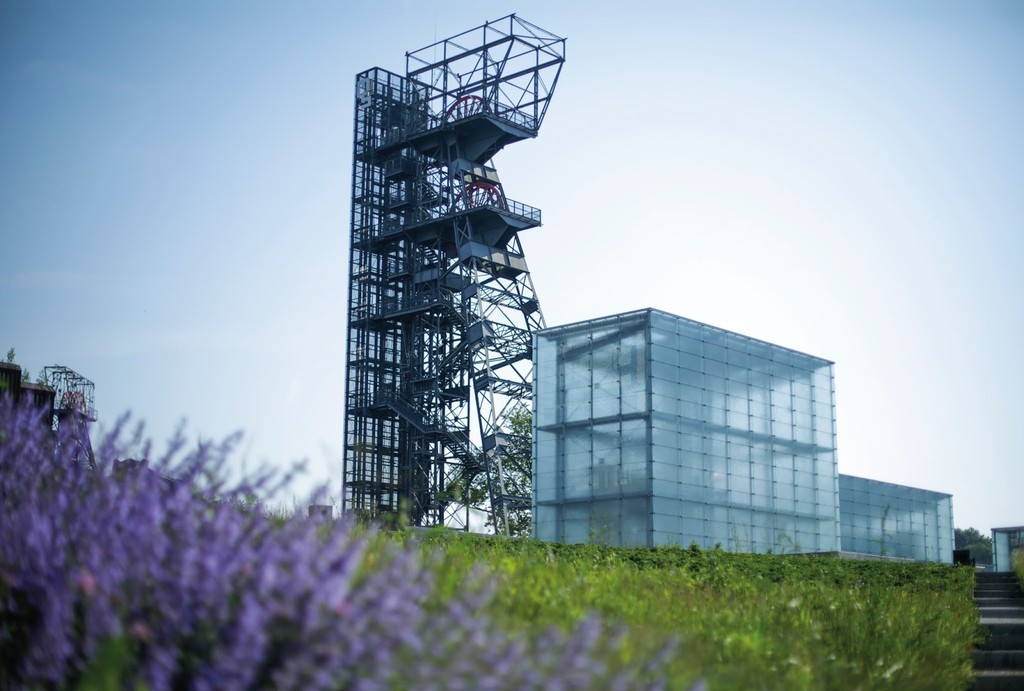
Silesian Museum (Source: Google Maps)
The Silesian Museum is a major cultural institution in Katowice, housed in a former coal mine, which reflects the region's industrial heritage. The museum showcases a diverse range of exhibits, including art, history, and industry, highlighting Silesia's rich cultural tapestry. Its modern architectural design contrasts with the historical elements of the site, creating a unique visitor experience. The museum features various galleries that display contemporary and historical artworks, as well as interactive exhibits that engage visitors in the region's industrial past. The Silesian Museum plays a crucial role in preserving and promoting the cultural identity of the region through its innovative exhibitions and educational programs.
Culture Zone (Strefa Kultury)
Conclude your tour in the Culture Zone, a modern urban space that includes the Polish National Radio Symphony Orchestra and the International Congress Centre, representing Katowice's blend of tradition and innovation.
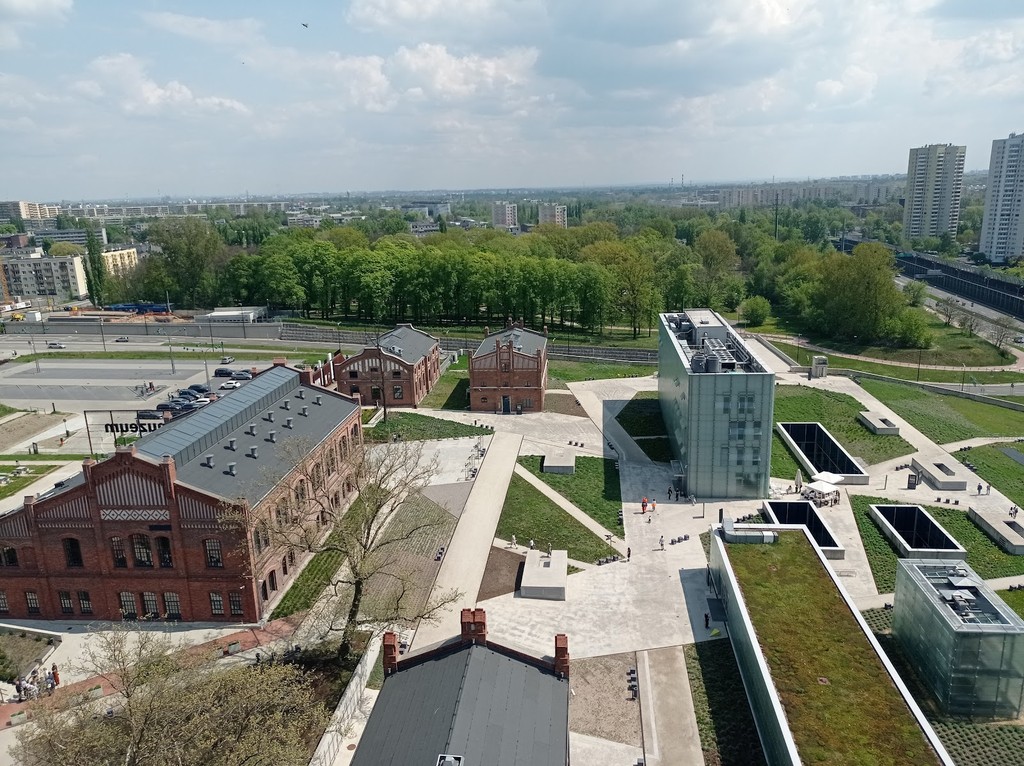
Culture Zone (Strefa Kultury) (Source: Google Maps)
The Culture Zone (Strefa Kultury) is a modern urban space in Katowice that embodies the city's commitment to culture and innovation. It includes the Polish National Radio Symphony Orchestra and the International Congress Centre, showcasing a blend of tradition and modernity. The architecture of the Culture Zone is characterized by sleek lines and open spaces, designed to foster creativity and collaboration. This area hosts various cultural events, festivals, and performances, making it a vibrant hub for the arts. The Culture Zone reflects Katowice's transformation into a cultural capital, offering residents and visitors a dynamic space to engage with the arts and participate in cultural dialogues.

Your travels, your rules.
Create your own Free Walking Tours.
Set your preferences, distances and anything you want to do or see.
Completely free, no payment required.